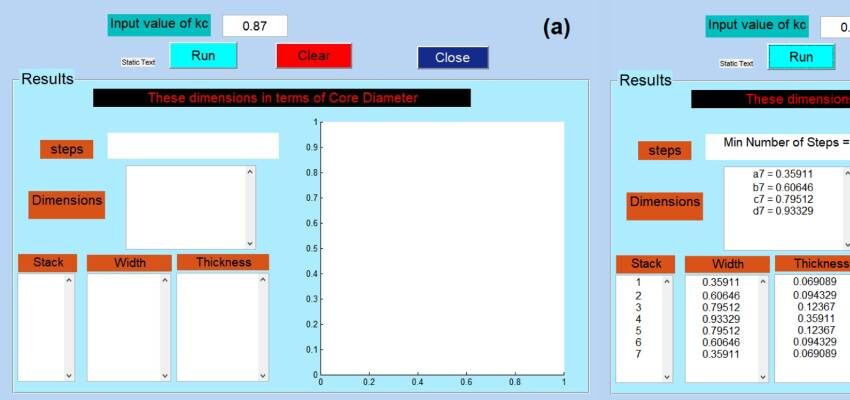
Computer-aided transformer design capacity building
A sample industry-oriented senior level university course
byAmr A. Adly

A sample industry-oriented senior level university course
1. Introduction
Power transformers are considered among the most important components in any power network. Obviously, deployment of highly efficient power transformer units is indispensable for minimization of overall network losses. While most of the relevant power engineering curricula focus on power transformer operation and maintenance technicalities, availability of design methodologies know-how is crucial to fulfilling national and regional transformer manufacturers’ job needs as well as to support efforts aiming at boosting the value added in national industries. Within the aforementioned context, a curriculum of an elective senior-level course was developed a few years ago for Cairo University Power Engineering students. Unlike traditional courses covering the same topic, the curriculum was developed by industrially experienced faculty members to mimic typical tasks encountered in design and research and development (R&D) offices of power transformer manufacturers. It should be mentioned that, in addition to power transformer design methodologies, the aforementioned course is entitled: “Computer-Aided Design (CAD) of Electrical Machines” and also exposing students to design methodologies related to fractional horsepower (HP) induction motors (i.e., ratings less or equal to 1 HP) [1]. The unique nature of the course curriculum and teaching strategies with regards to power transformers design mechanism are discussed in the following sections.
2. Course objectives and teaching methodologies
The main objectives of the course under consideration are:
- to make students acquainted with the materials and theories related to specifications-oriented transformers design,
- to give students hands-on experience with some CAD tools currently used at R&D and/ or design offices of power transformer manufacturers (see, for example, [2, 3]),
- to introduce students to typical optimization and / or cost reduction challenges encountered by manufacturers. It should be mentioned here that optimization reduces to minimum both the construction and running costs which are usually achieved by fulfilling the required design specifications yet competing pricewise in sales tenders.
In other words, the course objectives tend to help potential power transformer design engineers acquire necessary technical capacity relevant to the industry as well as to give them a flavour of what design challenges should be expected in real life.
Log in or subscribe to read the whole article.







